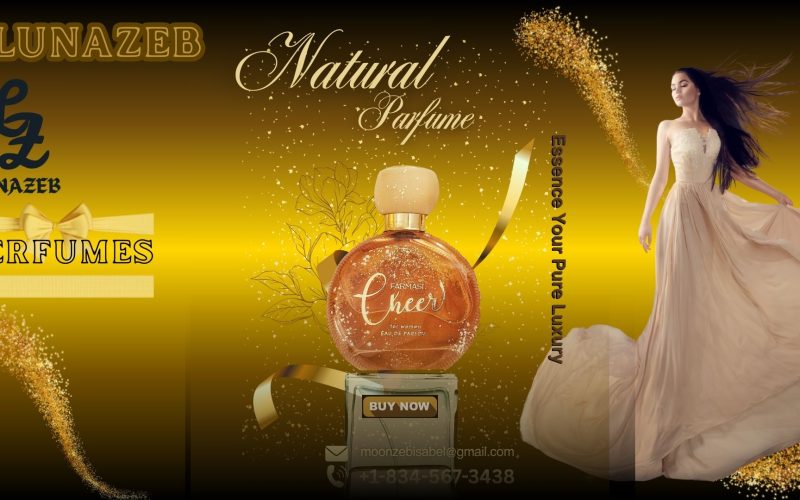Introduction
Coco Chanel, the iconic French fashion designer, dominated Parisian haute couture for nearly six decades. Born on August 19, 1883, in Saumur, France, she left an indelible mark on the fashion world before passing away on January 10, 1971, in Paris. At a time when women were confined by complicated and uncomfortable garments like petticoats and corsets, Chanel revolutionized women’s fashion with elegantly casual designs. Her timeless creations—including the Chanel suit, quilted handbag, costume jewelry, and the legendary “little black dress”—remain fashion staples to this day. Equally iconic is her fragrance, Chanel No. 5, which cemented her legacy in the world of perfumery.
Early Life
Though her birth certificate mistakenly spelled her surname as “Chasnel,” she was born Gabrielle Chanel. Her parents, Eugénie Jeanne Devolle (a laundrywoman) and Albert Chanel (a street vendor), struggled financially while raising their six children across the French countryside.
After her mother died in 1895, 11-year-old Gabrielle was placed in a convent-run orphanage in Aubazine. It was there that she learned to sew—an essential skill that would define her career. At age 18, she moved to Moulins, where she continued her schooling and lived in a convent. By 1902, she set out on her own and began working as a seamstress.
From Seamstress to Singer
During this time, Chanel also worked as a café singer. Although she wasn’t especially talented vocally, she was a charismatic performer. Some believe her nickname “Coco” originated from songs she performed, such as “Ko Ko Ri Ko” (a version of “Cock-a-doodle-doo”) and “Qui qu’a vu Coco?” (“Has anyone seen Coco?”).
Building a Fashion Empire
Chanel once said, “I made my life because my life didn’t make me happy.” Backed financially by Arthur “Boy” Capel—her lover until he died in 1919—Chanel opened a modest millinery shop called Chanel Modes in Paris in 1910. In 1912, she launched a boutique in Deauville, France, where she began selling jersey sweaters and sportswear made from jersey fabric, then considered suitable only for men’s undergarments.
By transforming jersey into stylish, comfortable wear, Chanel offered a “poor girl” look that appealed to wealthy women tired of restrictive corseted fashion. Her designs were simple, elegant, and practical, embodying her famous quote: “Luxury must be comfortable, otherwise it is not luxury.”
The Iconic Little Black Dress
In 1926, Chanel introduced the little black dress (LBD), redefining the use of black in fashion. While black had previously been reserved for mourning or formal wear, Chanel’s design was versatile, accessible, and elegant. With the right accessories—like the costume jewelry she adored—the LBD could easily transition from daywear to eveningwear.
American Vogue famously called the LBD “the Ford of fashion,” comparing its universal appeal to Henry Ford’s Model T car. The dress quickly became a fashion essential around the world.
Chanel No. 5: A Perfume That Changed Everything
“A woman who doesn’t wear perfume has no future.” – Coco Chanel
In 1921, Chanel partnered with expert perfumer Ernest Beaux to develop what would become the world’s most iconic fragrance—Chanel No. 5. Legend has it she chose the fifth sample Beaux presented, a mysterious and complex blend of jasmine and florals—far more sophisticated than the one-note perfumes popular at the time. Others say she chose it because the number five was her lucky number.
Chanel also broke convention by using a simple, elegant bottle, contrasting with the ornate perfume bottles of the era. The clean design, paired with the revolutionary scent, made Chanel No. 5 a groundbreaking product. The interlocking Cs on the bottle eventually became the official Chanel logo.
To distribute the fragrance, she partnered with Pierre and Paul Wertheimer of the Bourjois cosmetics company and Théophile Bader of Galeries Lafayette. Though her contract entitled her to only 10% of the royalties, Chanel still profited greatly. Over the following decades, she filed numerous lawsuits trying to regain full control, but was never able to renegotiate the terms.
World War II and Controversy
In 1939, with the outbreak of World War II, Chanel closed her fashion house and took residence at the Ritz Hotel in Paris—coincidentally the Nazi headquarters during the German occupation of France. While staying there, she began a romantic relationship with Baron Hans Günther von Dincklage, a German diplomat and alleged Gestapo agent.
There is still debate about the extent of her collaboration with the Nazis. Some believe she merely socialized with German officers, while others claim she acted as an intelligence agent. Her 1941 trip to Madrid with a German operative raised further suspicion. Notably, after returning from the trip, her nephew, then a prisoner of war, was released, adding to speculation that she had struck a deal.
Legacy
Coco Chanel’s impact on fashion and fragrance remains unparalleled. She empowered women with practical elegance, freed them from the constraints of traditional fashion, and introduced a scent that became an everlasting symbol of luxury. Despite controversies in her personal life, her influence continues to shape the worlds of fashion and perfumery.











